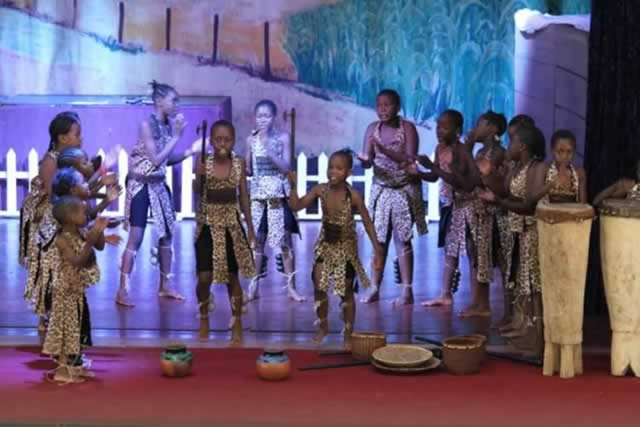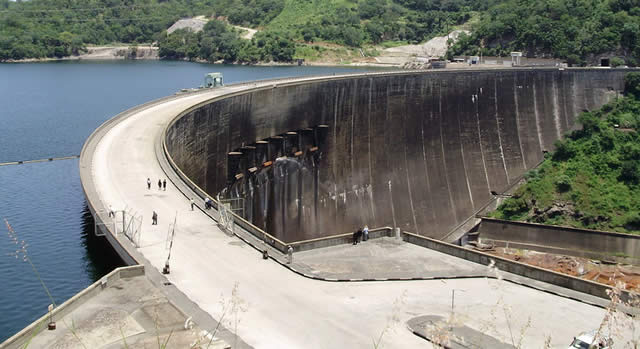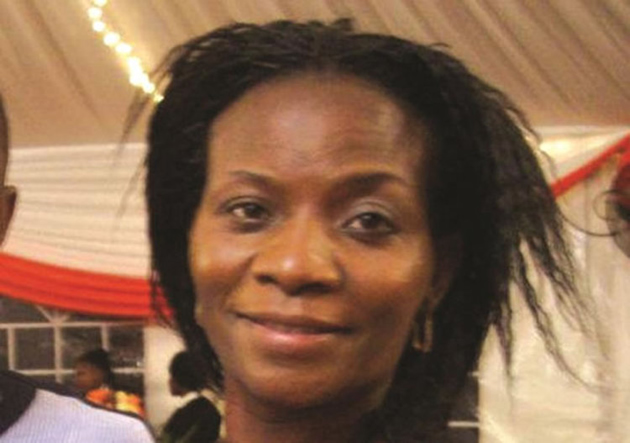2 000 new schools may be few


Monica Cheru-Mpambawashe Review Editor—
Basic education up to O-Level at least is supposed to be something that every child in Zimbabwe should receive as an entitlement. Culturally we are a nation that values education and even the most illiterate parents harbour ambitions of seeing their children attain high academic qualifications. Soon after Independence the Government of Zimbabwe set about building primary and secondary schools. According to a Unesco national report on Zimbabwe, by 2008 there were 5 690 primary schools catering for 2 445 520 pupils and 2 182 secondary schools of which 711 offered A-Level to cater for a total of 832 487 learners. This marked an increase of well over 1 000 percent in the number of pupils enrolled in school as compared to the figures of 1980. The majority of children were accommodated in the public education system which was considered one of the best in Africa.
We still maintain a high literacy rate to prove it. Fast forward to 2015 and it is clear that the time has come for the Government to once again embark on another school building programme. The Census of 2012 revealed that 51,9 percent of the population, amounting to close to 7 million young people, were between the ages of 0 and 19 years, the school going ages.
By inference possibly more than two million children are failing to fit into the system. Recently Minister of Primary and Secondary Education Dr Lazarus Dokora announced that the Government is set to start the construction of 100 schools by year end. This is the first phase of the long term plan to build 2 000 primary and secondary schools in the country’s 10 provinces to fill the need for 2 056 more schools. With more children being born each day the proposed 2 000 more schools sound woefully inadequate. And this time it is not just the physical requirements that must be met, there is urgent need to simultaneously address the quality of the education system. Currently for formal schooling the choice is mostly between the public education system and the top-notch private schools, colloquially referred to as the Trust schools.
The two education systems are a world apart. The Trust schools charge annual fees of up to almost $18 000 a year and offer the services that go with it. The learners study international syllabi and are examined by boards such as Cambridge. They also have wider curriculum offering subjects such as foreign languages and music as a matter of form from the earliest stages.
International tours and the chance to network with people from across the world. This is in addition to the suavity and elegance that becomes natural from the deliberate grooming thrust makes the products of the Trust schools well able to hold their heads up high when meeting other privileged people from anywhere else in the world. In a perfect world, every parent would want to give their children such a start in life. But for an increasing majority that is an unrealistic dream. Recently some prominent personalities who have generally been perceived to be among the elite have had their names appear in the media as their belongings are auctioned off to offset debts accrued at the expensive schools.
The public education system under which banner is included the schools run by local authorities charges levies as low as $10 a term for some rural primary schools and less than $1 000 a term for boarders.In the same price range are the mission schools which are run by churches and also some institutions run by commercial enterprises for the offspring of their employees. For that much the public system schools are able to only offer the most basic curriculum with basic resources including the teachers not guaranteed to be available.
The responsible ministry recently revealed that there are 20 000 untrained teachers operating in the public schools. Even in former Group A schools where standards were exceptionally high at Independence, the picture looks bleak. Most classes have around 50 pupils and teachers have no time to pay individual attention to each child. Only a few public high schools like Prince Edward High in Harare have maintained standards approximating those in the public schools. For example, PE is the only Government school billed to compete in the St George’s T20 Tournament in which they take on local and foreign Trust schools in cricket. But with top-notch private schools seemingly now beyond the reach of more people than ever, a niche has been created for what are termed private colleges. This is a breed of learning institutions that has proliferated to mop up the children left out of the public and Trust schools.
The colleges run the whole gamut from cheap to pricey with some charging around $600 a month for day scholars in high school. On the other end are some centres offering early childhood development and primary education at one dollar a day. Some of the private colleges have established enviable reputations and set themselves up as affordable options for parents who cannot afford the high end Trust schools but are still not prepared to entrust their children’s future to the public education system. These colleges are registered with the ministry and strive to follow the laid down regulations.
But too many of them are just backyard operations run with little regard for ministry guidelines on key matters like curriculum and governance. For example, two years ago one such college in Chitungwiza closed overnight without prior notice, leaving the parents of the primary school pupils to run around trying to get alternatives. The Government needs to close the gap and assure every child of quality education through the construction of more schools and the upgrade of standards in the public system.









Comments